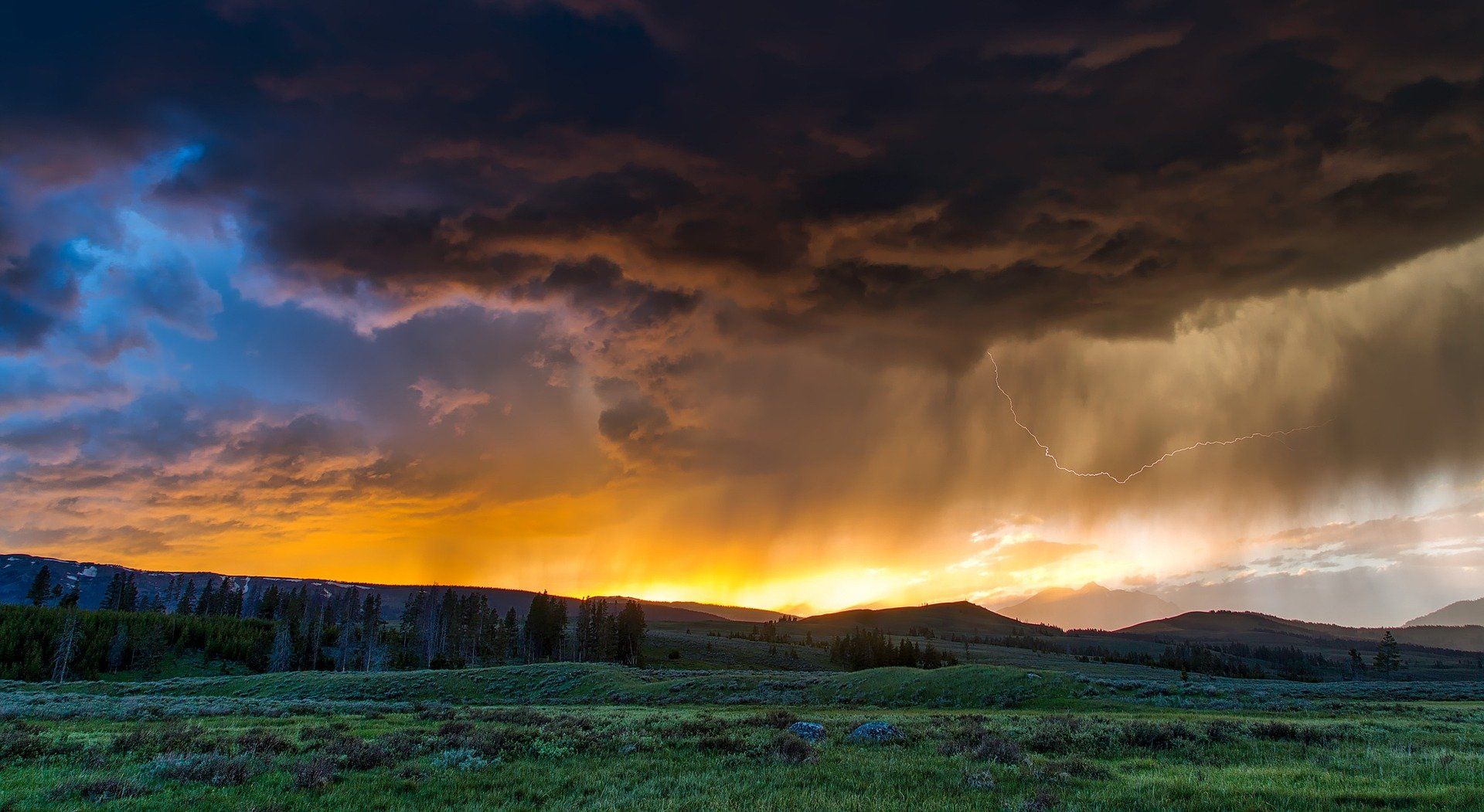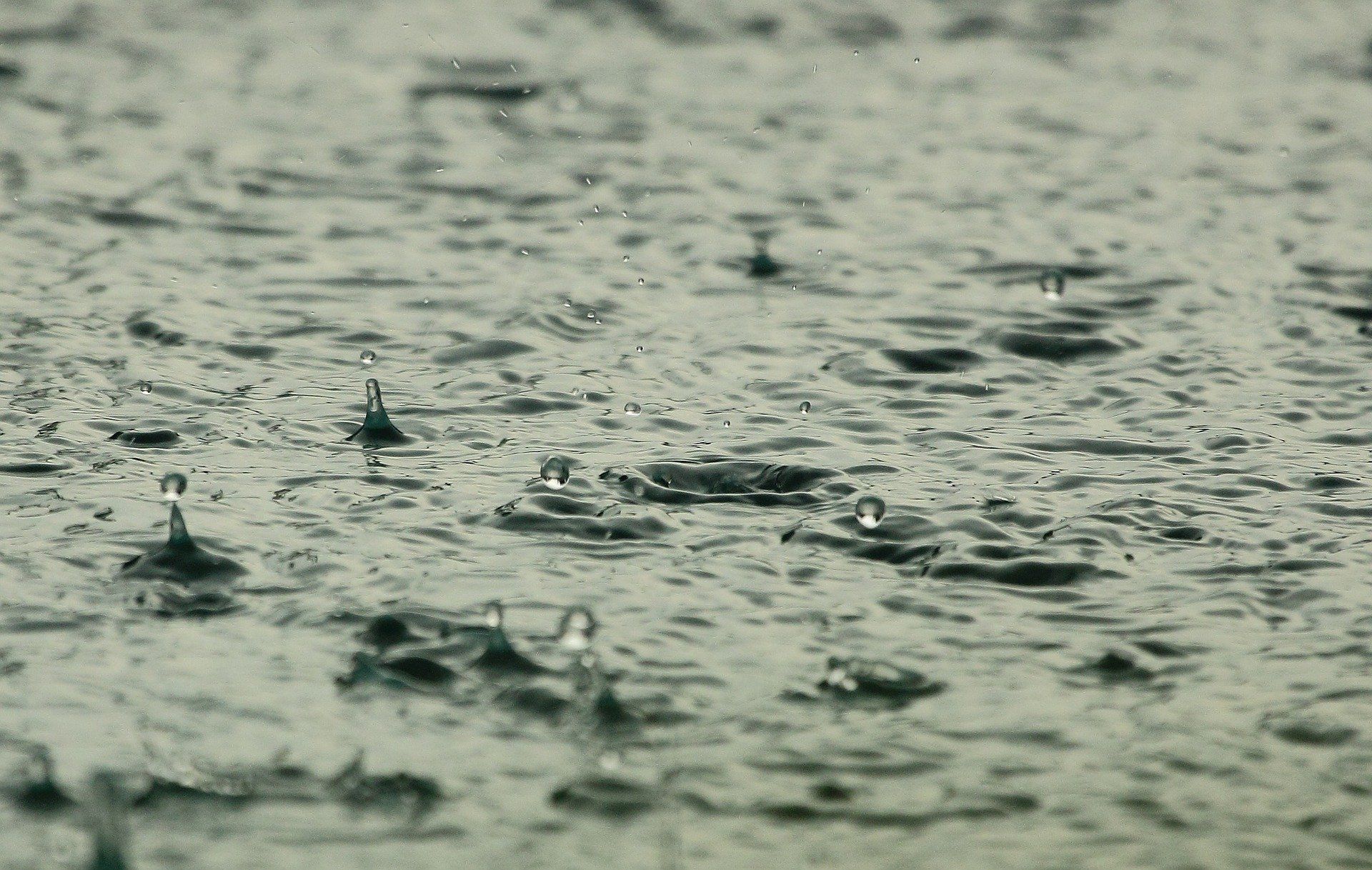We've all been let down by the weather more than once in our lives. Too rainy, too windy, too cold, sometimes even too hot! So, what if we could control the weather to suit us better, or better suit our crops or wildlife? Well, this technology is more within our grasp than you may have previously thought.
So, what is weather control, and how does it work?
How Does Weather Control Work?
An important thing to remember about weather control, or weather modification, is that it's really nothing like what you see in the movies. We can't just up the general temperature a little or simply slow down windspeeds. We also can't just get rid of clouds on a whim so that the sun can shine through (as nice as that idea is).
Rather, weather control is currently concerned with manipulating and influencing cloud systems for the most part.
Because weather control isn't yet a mainstream technology, there's no one way in which it could work. But there is a form of weather control that's been around for over seventy years: cloud seeding.
Cloud seeding was first used in 1946 when American chemist Vincent Schaefer was experimenting with a cloud in his laboratory. Using frozen carbon dioxide, Schaefer was able to induce snowfall from the cloud. Some years later, scientists replaced the carbon dioxide dry ice with particles of silver iodide, which could achieve the same effect.
However, when this technique was tested out in the atmosphere, on real clouds, the success rate wasn't nearly as high. Scientists noticed that the natural atmosphere simply wasn't as controllable as that created in a lab, making the entire process that much more difficult. After this, the general interest in this weather control technique faded, and it hasn't been developed much more since.
There have also been efforts made in Russia to reduce the fall of hazardous hail. This was also a topic of interest in South Africa, given that damaging hail fall was also becoming an issue. This technique involved introducing ice nuclei into potential hail clouds, allowing scientists to control the hail fall. And, apparently, this was pretty successful.
Some American scientists have also been working on introducing ice nuclei, or small ice particles, into hurricanes in order to reduce their intensity and therefore their damaging power. However, this hasn't actually been achieved in a real-world setting yet, and more research and development are required to build upon this technology.
While these developments all seem interesting, there is the question of whether or not we really need weather control. So, what are the perceived benefits of using it?
Do We Need Weather Control?
There are a lot of ways in which weather control theoretically could help both humanity and the planet. Of course, using weather control just to make the weather nicer is an option, but this most likely isn't what such technology would be used for.
A huge perceived benefit of weather control is avoiding natural disasters, such as forest fires and hurricanes. We all saw the horrific Australian wildfires in January 2020 and the yearly California wildfires that kill wildlife and force people out of their homes. Well, if weather control could be used to stop this from happening, countless animal and human lives would be spared, as well as the homes of thousands of people.
Additionally, weather control could reduce the number of failed crops in agriculture-dependent countries, which could help economies around the world. This technology could also be used to induce rainfall in countries that suffer from annual droughts, again saving the lives of countless humans and animals.
Though these all seem like amazing prospects, the feasibility of weather control on a wide scale isn't yet known. But are any countries using weather control at the moment?
Is Weather Control Already Being Used?
Though weather control is still on shaky ground, it is actually being used in some countries. China, for example, has begun using cloud seeding to induce both rain and snowfall over the country. This began sixty years ago when military aircraft were used to drop silver iodide and liquid nitrogen on the clouds below to thicken the water droplets within, which then induced rain and snowfall.
This technology was also used to induce rainfall during droughts, including before the 2008 Olympics held in Beijing. Given the relative success of the venture, the Chinese government announced in December of 2020 that they'd be expanding the project further. This expansion will result in the project covering a space of over 2.1 million square miles.
To put this into perspective, the project is expanding over an area 1.5 times the size of India. It is predicted that this mammoth venture will be completed by 2025. China has also announced its intentions to cover 224,000 square miles of ground with hail-suppression technology. In China's western region of Xinjiang, hail is an ever-pressing issue for both people and agriculture. Therefore, this venture should help increase agricultural yields significantly, boosting the economy and improving the lives of farmers.
Scientists in the USA's Western state of Wyoming have also delved into the world of weather control. The Wyoming Weather Modification Pilot Program (or WWMPP for short) was an experiment conducted in 2018 that also used cloud seeding technology. Cloud seeding was used in an attempt to induce rainfall over two different Wyoming mountain ranges. The experiment showed that 30% of the rainfall over the mountains was being induced by cloud seeding, a pretty successful result!
Weather Control: Novel, Yet Promising Tech
Weather control is certainly still in its early stages, with only a handful of countries continuing to experiment with it. However, if this technology continues to be developed, we may see weather control machines in our own cities in the not too distant future, which could benefit humanity in numerous regions around the world. What a thought!
But, for now, we'll just have to accept the weather forecast for what it is. At least we've got central heating and AC!





